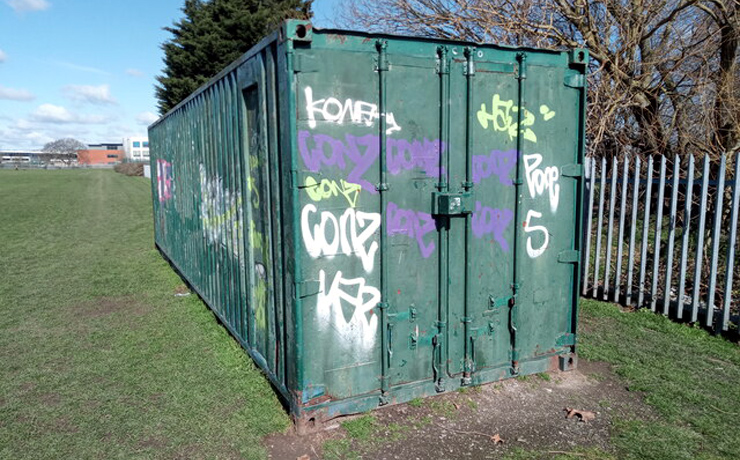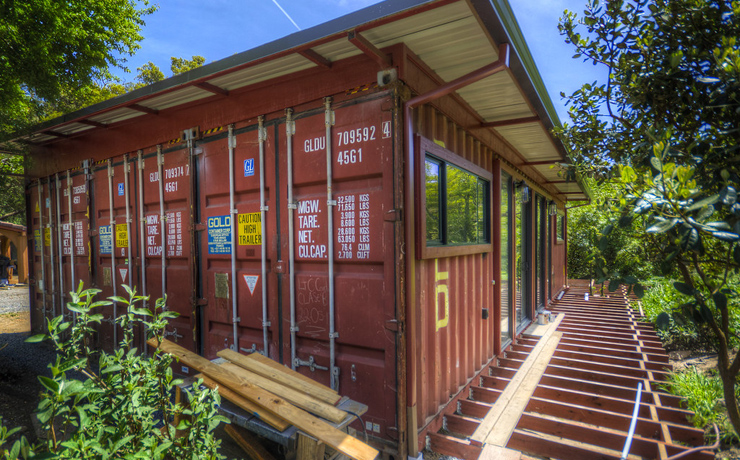

March 9, 2022
South Burnett Regional Council will begin work on developing a new policy to regulate shipping containers being placed on residential and rural residential properties.
The policy will put an end to the current “free-for-all” approach that has led to hundreds of containers being placed on blocks across the region.
In some cases, this has created visual eyesores that led to neighbourhood disputes.
At Wednesday’s Community standing committee, Councillors were told the SBRC does not have a policy to regulate containers.
Instead, Council officers respond to concerns about containers on a complaint-by-complaint basis.
This generally involves speaking with a property owner to determine how long they think a container will remain on their property.
If it is temporary, this is shared with the complainant, who is asked to be patient.
But if the shipping container is permanent, a Development Approval for Building Works is required.
Officers noted this process was laborious – particularly when a container is kept on a property longer than advised – and this led to complainants’ expectations becoming difficult to manage.
The move to develop a formal policy on shipping containers was prompted by the Queensland Ombudsman.
The Ombudsman contacted Council recently to say at least one resident was unhappy with this process and suggested the SBRC should develop a more regulated approach.
Officers said staff then surveyed nearby Councils to determine what their container policies were.
They found there was wide variation from one region to the next.
They also noted the approaches used by some larger councils would require more resources than Council had available.
Cr Gavin Jones told the meeting complaints about containers were one of the most common issues he ran into in rural residential areas.
He said some residents could have beautiful houses but find their neighbours were placing ugly containers on their blocks.
This lowered property values and destroyed visual amenity.
Cr Scott Henschen agreed, but noted that in rural areas some farms made use of multiple containers for storage and some did quite a good job of building practical, useful structures out of them.
Because of this, he recommended any new policy should recognise that in rural areas a limit of one container per block could be too low.
Cr Kirstie Schumacher said another issue Councillors should bear in mind was the current housing shortage, which was pushing some people to convert containers into accommodation units so they could secure a roof over their heads.
While she recognised this was less than ideal, she urged Councillors to show compassion for residents forced into this type of situation.
Cr Kathy Duff agreed, noting there were a lot of containers in the Hivesville area that were being used this way.
Mayor Brett Otto said while he believed there was a need for a more structured approach, the complexity of developing an overall policy was likely to be “a can of worms”.
Because of this, he thought it best to hasten slowly so that whatever policy Council adopted, it was a fair and manageable one that achieved the best outcomes for the majority of residents.
In the end, Councillors agreed to revisit the issue later this year after the Budget was handed down.
This would allow officers sufficient time to look at all the issues raised and develop recommendations.

(Photo: Wikipedia)























